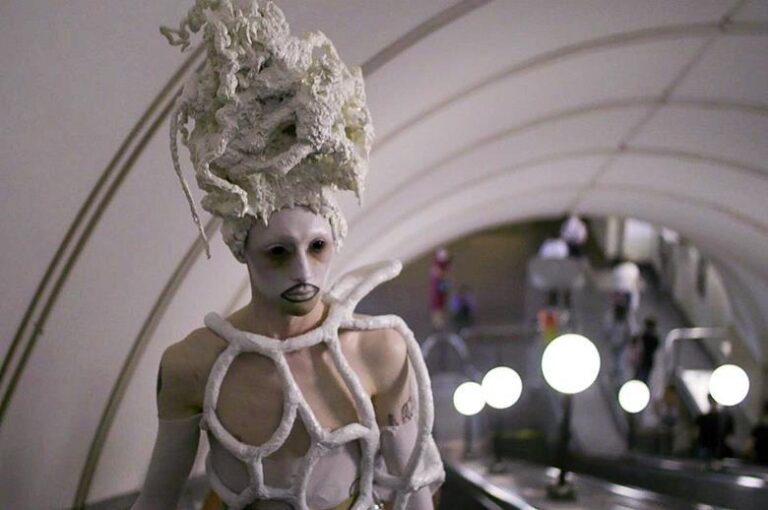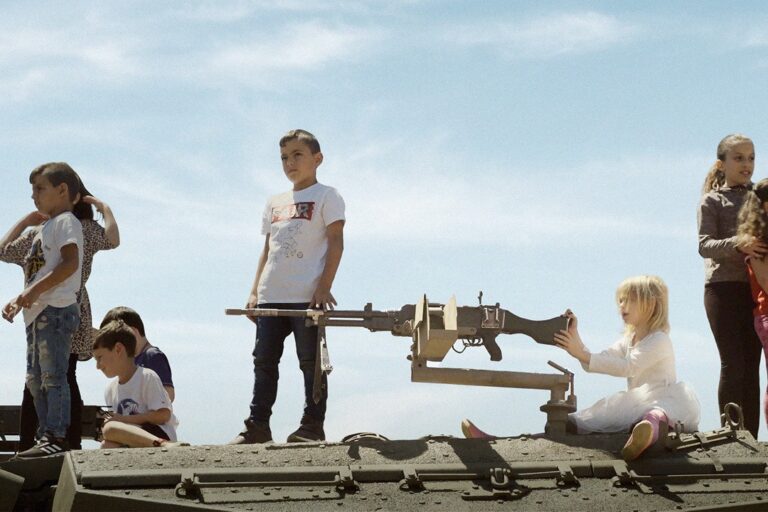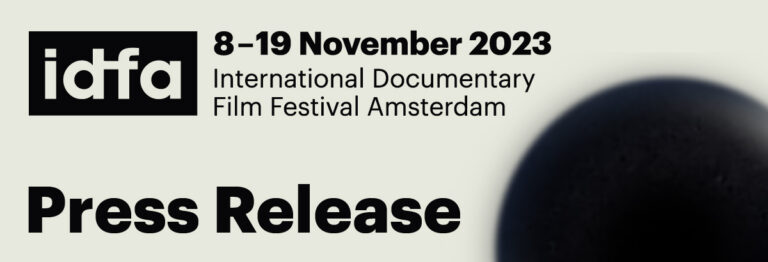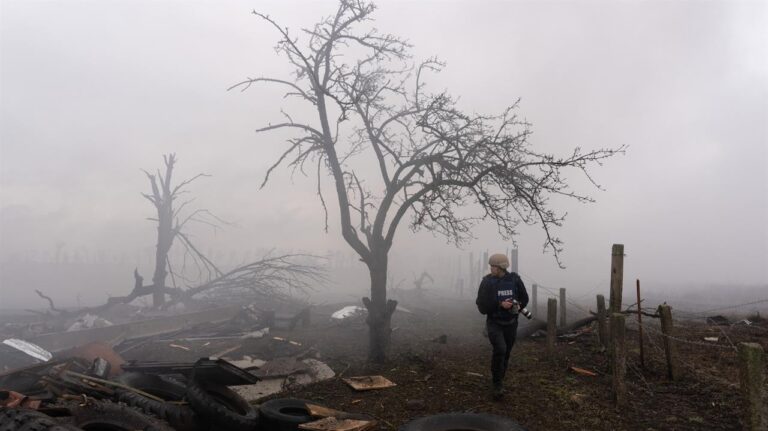


Maj Wechselmann: Min Mor

The film was presented at the Baltic Sea Docs 2013 in Riga and Maj Wechselmann was there, not only to present her film project about her mother but also – with her long experience as documentary director – she helped and encouraged the younger filmmakers present. I had the chance to watch a 55 mins. version of the film (original 76 mins.) due to the excellent initiative of Swedish Television, SVT Play, that once a week presents a documentary classic that (some of them) can also be seen outside Sweden – so if you understand/read Swedish, you have access, for free.
This fine offer from SVT has an editor, Lars Säfström, who also used to visit Riga for the pitch. Redaktør Säfström…
som han omtales, har skrevet denne fine omtale af Maj Wechselmann og hendes film:
En dokumentärfilm kan ha ambitionen att få publiken att se världen på ett nytt eller åtminstone annorlunda sätt. Ibland kan den till och med sträva efter att förändra världen genom att övertyga eller upplysa oss om samhällets brister eller missförhållanden. Filmaren blir då aktivist i sin strävan att få oss på andra tankar och filmen blir ett medel som manar till aktion och politiskt ställningstagande. Problemet med aktivistfilmer är att de så lätt blir propagandistiska och som sådana har en tendens att bara nå de som redan är övertygade om det filmen vill övertyga om.
Maj Wechselmann är en av Sveriges mest engagerade och stridbara filmare. Hon har gjort en rad filmer som tar en klar politisk och ibland medvetet provokativ ståndpunkt. Det har handlat om allt från unga flickor på en chokladfabrik till kamp mot kärnkraft, EU, och militärindustrin. Mest känd är hon kanske för sin film om stridsflygplanet Viggen från 1973.
Men hon har också gjort en rad filmer som lyfter fram starka kvinnor; journalisten Bang, författaren Moa Martinsson. Till den senare kategorin hör filmen om hennes egen mor.
Hundra år efter mammans födelse reser hon tillbaka i hennes fotspår och träffar överlevare och vittnen. Med hjälp av stillbilder, dokument, arkivfilmer och rekonstruktioner berättar hon hennes historia, från de fasansfulla pogromerna i Ukraina i förra seklets början fram till efterkrigstidens Köpenhamn. Hon skildrar hur hennes mamma radikaliseras i mötet med de usla arbetsförhållandena för textilarbetare i Montreal men samtidigt hur det förflutna ständigt jagar henne. I filmen säger Maj Wechselmann: ”Mamma, du var så rädd för att vi båda skulle dö, så jag blev rädd för att leva.”
Filmen Min mor är kanske Maj Wechselmanns mest personliga film men också, som alla hennes filmer, ett klart politiskt ställningstagande mot övergrepp och förföljelse och som alltid på de svagas och utsattas sida.








